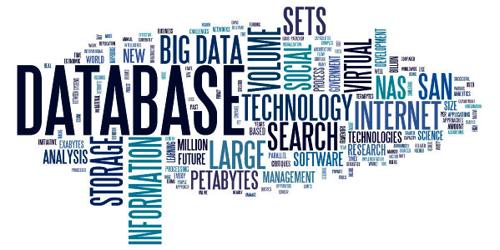A Database is an organized collection of data. The data is typically organized to model aspects of reality in a way that supports processes requiring information. Simply, it is a structured set of data held in a computer, especially one that is accessible in various ways. For example, modeling the availability of rooms in hotels in a way that supports finding a hotel with vacancies.
There are six major conceptual categories of databases that may be found in the computer using organizations.
(1) Operational database: These database stores detailed data needed to support the operations of the entire organization. They are also called subject area database (SADB), a transaction database, and production database.
(2) Analytical database: These database store data and information extracted from selected operational’ and external database. They consist of summarized data and information most needed by an organization’s managers and other end users. An analytical database is also called management database or information database since they frequently use a multidimensional database structure to organize data. These are the databases an accessed by the online analytical processing (OLAP) system, decision support systems, and executive information systems.
(3) Data warehouses: A data warehouse store data from current and previous years that has been extracted from the various operational database of an organization. It is a central source of data that has been screened, edited, standardized, and integrated so it can be used by managers and other end-user professionals for a variety of forms of business analysis, market research, and decision support.
(4) Distributed database: the Distributed database can reside on network servers on the World Wide Web, on corporate intranets or extranets, or on other company networks. Distribute database may be copies of an operational or analytical database, hypermedia or discussion database, or any other type of database.
(5) End-user database: These databases consist of a variety of data files developed by an end user at their workstations.
(6) External database: Access to a wealth of information external database is available for a fee from commercial online services, and with or without charge from many sources on the internet, especially the World Wide Web.















